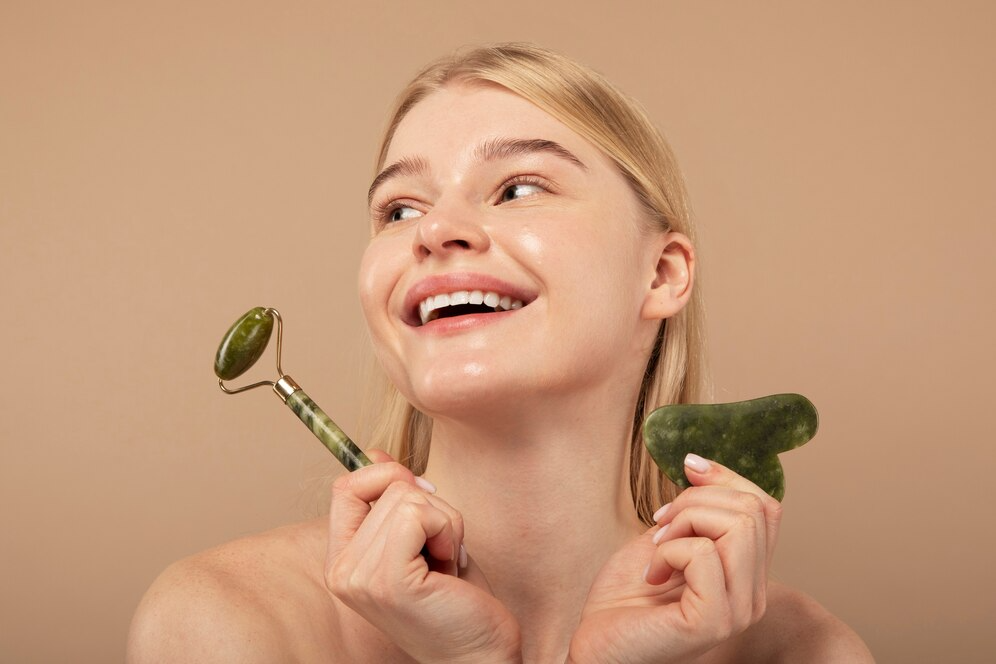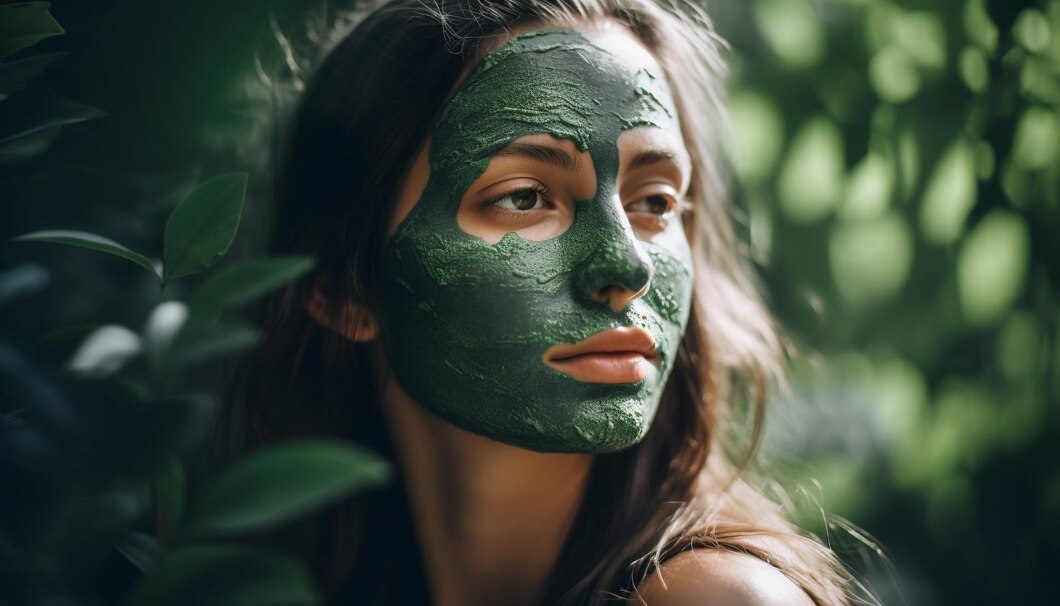Radiant Revolution: Navigating The Landscape Of Clean And Sustainable Beauty
Table of Contents
In recent years, there has been a significant shift in consumer consciousness towards adopting a more sustainable and eco-friendly lifestyle. This change extends beyond just food and fashion, reaching into the realm of beauty and personal care products. The Clean and Sustainable Beauty movement has emerged as a response to growing environmental concerns and a desire for transparency in the beauty industry. This article explores the key principles, benefits, and challenges associated with this transformative trend that is reshaping the way we perceive and consume beauty products.
Defining Clean and Sustainable Beauty:
Clean and Sustainable Beauty is more than just a passing trend; it’s a holistic approach to beauty that considers the environmental impact, ethical sourcing, and health implications of beauty and personal care products.
The term “clean” refers to products that are formulated without harmful ingredients such as parabens, sulfates, phthalates, and synthetic fragrances. On the other hand, “sustainable” encompasses the entire lifecycle of a product – from ingredient sourcing and manufacturing to packaging and disposal.
Key Principles of Clean and Sustainable Beauty:
- Transparency and Ingredient Integrity: Clean beauty emphasizes transparency in labeling, providing consumers with a clear understanding of the ingredients used in a product. Brands committed to clean beauty prioritize natural, organic, and responsibly sourced ingredients, steering away from potentially harmful chemicals.
- Cruelty-Free Practices: Sustainable beauty also extends to ethical practices, promoting cruelty-free testing and production methods. Brands that adhere to these principles prioritize animal welfare and seek alternatives to traditional animal testing.
- Reducing Environmental Footprint: Sustainable beauty advocates for eco-friendly manufacturing processes and packaging. This involves minimizing water usage, reducing carbon emissions, and employing recyclable or biodegradable materials for product packaging.
Benefits of Clean and Sustainable Beauty:
- Healthier Choices for Consumers: By avoiding harmful chemicals, clean beauty products are often gentler on the skin, reducing the risk of irritation and long-term health concerns. Natural ingredients, rich in vitamins and antioxidants, contribute to healthier and more radiant skin.
- Environmental Conservation: Sustainable beauty practices contribute to the preservation of ecosystems and biodiversity. By sourcing responsibly and reducing waste, these brands play a crucial role in minimizing their environmental impact.
- Ethical and Cruelty-Free Standards: Choosing cruelty-free beauty products aligns with ethical values, fostering a sense of responsibility towards animal welfare. This aspect resonates strongly with consumers who prioritize compassion in their purchasing decisions.
Challenges in Adopting Clean and Sustainable Beauty:
- High Costs: One of the major challenges faced by the clean and sustainable beauty movement is the higher production costs associated with responsibly sourced ingredients and eco-friendly packaging. This can make these products more expensive, limiting accessibility for some consumers.
- Greenwashing: The popularity of clean beauty has led to an increase in greenwashing – the deceptive marketing of products as environmentally friendly when, in reality, they may not meet the necessary standards. This makes it challenging for consumers to make informed choices.
- Limited Regulations: Unlike the food industry, beauty and personal care products are not subject to as stringent regulations. The absence of standardized definitions for terms like “clean” and “sustainable” can lead to confusion and misinterpretation.
Conclusion:
The Clean and Sustainable Beauty movement represents a positive and transformative shift in the beauty industry, driven by consumer demand for products that align with their values. As more consumers prioritize health, environmental sustainability, and ethical practices, the beauty industry is compelled to adapt and innovate.
Despite the challenges, the increasing availability and awareness of clean and sustainable beauty options empower consumers to make conscientious choices, fostering a future where beauty and sustainability go hand in hand.



